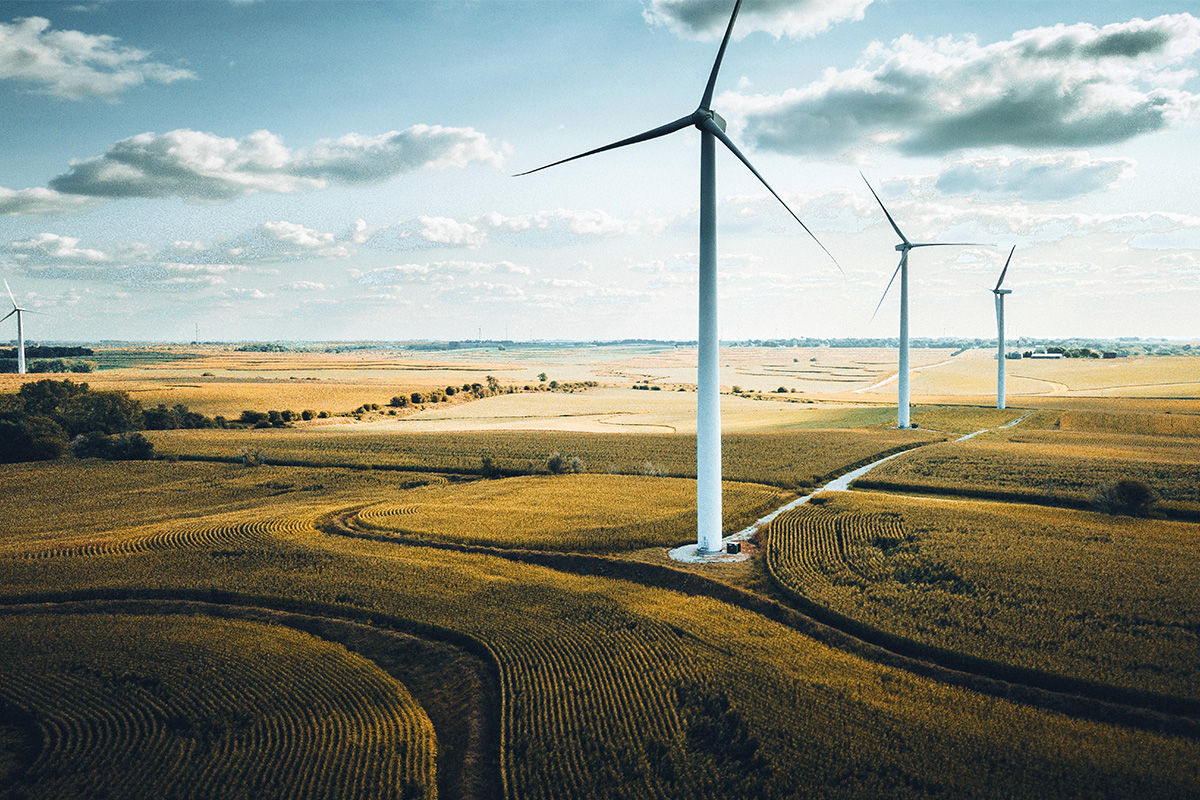
When it comes to preventing climate change, our strongest ally is nature itself, but unleashing its full potential to absorb carbon, prevent floods and heal from years of abuse is a struggle. The biggest barrier to creating a sustainable future is not climate scepticism, or the scale of the problem or even cost. It's an accounting anomaly.
The value of our environment is not an asset on our national accounts or corporate balance sheets, and correspondingly pollution or diminishing biodiversity are not recognized as costs. While this arrangement does nothing to deter new emissions or preserve vital environmental systems, it also means there is no immediate bottom-line return on investment in sustainable business practices.
This poses a significant challenge when it comes to encouraging businesses to support nature-based solutions to address issues such as climate change, and reduce the risk of natural disasters by protecting, preserving, or restoring ecosystems.
Although the transition to a net-zero future will cost possibly hundreds of trillions of dollars, the money seems to be available: the 450 firms which joined the Glasgow Financial Alliance for Net Zero in April 2021 between them manage $130 trillion in assets[1]and many individual savers are starting to insist that their funds be invested in sustainable assets. The problem is not so much about a shortage of funds, but a lack of projects that are both sustainable and bankable.
The growing - if largely still voluntary -market for carbon credits, driven by governments and companies like HSBC which have made fixed pledges to transition to carbon neutral operations, is an encouraging development. These range from Gabon's recent offering of 90 million tonnes of sovereign carbon credits[2] and Norway's new agreement to pay Indonesia to preserve forests under the UN's REDD+ (Reducing Emissions from Deforestation and forest Degradation) scheme[3] to more ambitious debt-for-nature swaps where creditors forgive debt in return for undertakings to preserve or expand natural assets.
But all these schemes have struggled with definitional loopholes and enforcement issues. Climate-related agreements and financial instruments are still evolving and there is no generally agreed consensus on terms or terminology. Various groupings in Europe, Asia and the Americas are working to come up with what is known as a 'taxonomy': a framework that defines what a green asset is, and what is not. This lack of consensus is limiting the expansion of the market for green bonds, many of which have a nature-based component, if only as a carbon offset. The market is hungry for green financial products, many of which will have nature-based components, but until asset managers have the confidence that the funding will be used sustainably, they will be reluctant to commit at anything close to the scale we need to contain and reverse climate change.
Clear taxonomies also hold the potential to unleash the power of central banks. With their remit to preserve and enhance the long-term health of the economy, central banks have a clear interest in limiting global warming.
Dr. Ma Jun, a former member of the People's Bank of China Monetary Committee and current co-chair of the G20 Sustainable Finance Working Group, has suggested that central banks could increase green lending by offering commercial banks cheaper financing for their green loan book, and others have suggested offsetting green loans against reserve requirements.
The profit from investing in strengthening natural systems is real, but rarely registers on our national or corporate balance sheets. If we are to limit and eventually reverse our impact on the environment, we must find ways to mobilise the investment required to preserve and enhance nature's powers.
As your business transitions towards sustainable practices, find out how HSBC’s dedicated team of advisors and customised solutions can open up new opportunities for sustainable success.
Connect with us at www.business.hsbc.com.my/sustainability


